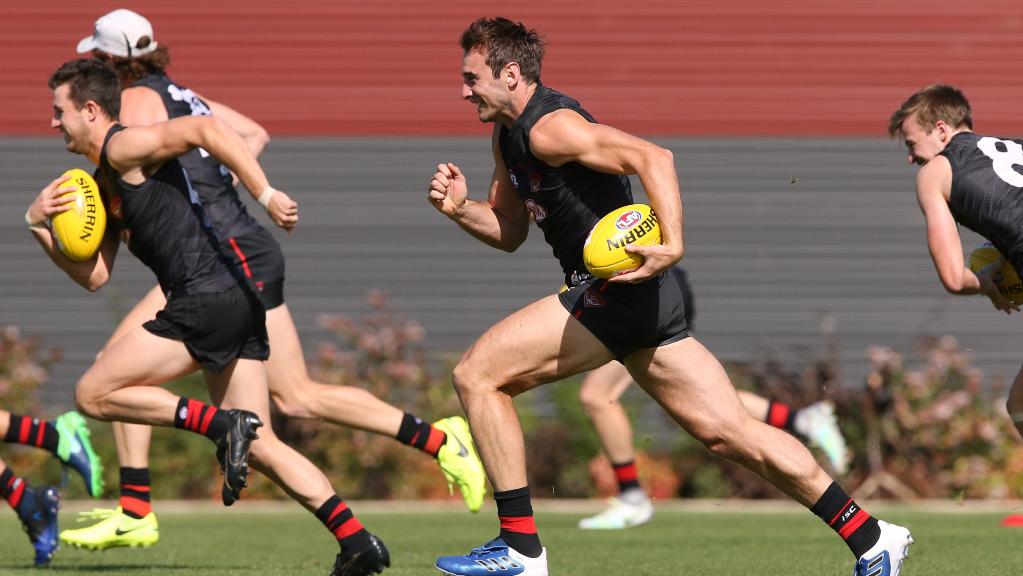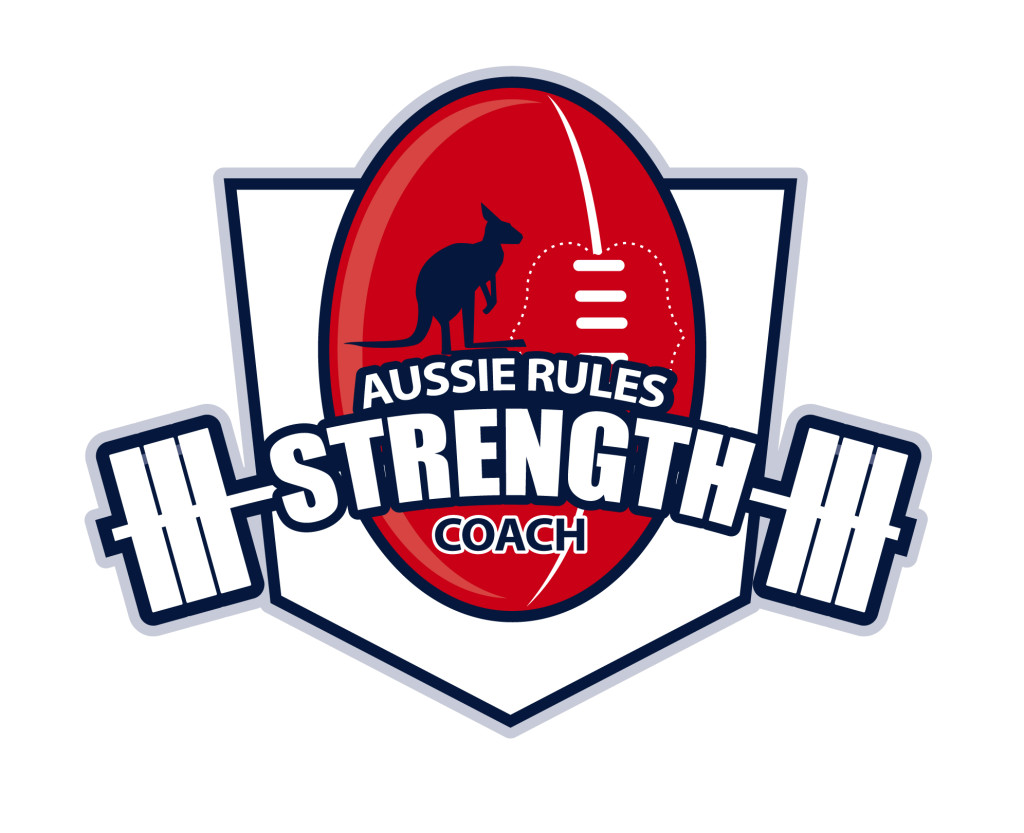Building a Minimal Equipment Program OF QUALITY
For starters, let me say that there are far more wide-reaching and bigger issues right now than being able/or not being able to stay in physical condition for sport.
Some things go without saying. But lets just get it out there to be clear.
In saying that, this is after all a training/physical preparation focused website, and so we will continue to focus on this topic.
Additionally, rather than add to the doom and gloom and focusing on all the things that have been taken away from us, we are choosing to find little rays of sunlight that can still be found, and looking to do the best with what we have. After all this is an area of escape, and area of mental clarity, and of course an area of health (both physical but more importantly mental) for so many people.
So once again, we are still choosing to look at what portion of the glass remains full (its certainly less than half these days), and look at what you still can do right now. There are becoming less and less things that we are in control of, a degree of physical conditioning of our bodies is certainly one of them. In fact, it is one of the only things that we can still have a large say over – eve with the increasingly limited lives we are faced to live with.
For the time being, we are all still allowed outside (on our own) so maintaining running based work isn’t a worry.
We have covered this in detail elsewhere, in regards to;
-Acceleration, deceleration and change of direction
-How running-based work ties in effectively with strength based work.
This may not be allowed for much longer (as crazy as it sounds) – so please – make the most of it while it is still allowed. (Or get a dog in the coming weeks.)
The lifting is an area which may become a struggle. Certainly the programs involving front squats and trap bar deadlifts and the like will likely go on the scrapheap for a time – certainly for those without a home gym set up. But the reality is, there is a truckload that you can still do, and not just endless push ups and bodyweight squats for sets of 200 before you feel anything.
We can create an overload with some creativity, as well as actually benefit from these restrictions, in the sense that this will likely provide some much-needed variation and change in stimulus from your training program. It will certainly lead to training becoming more focused on the manipulation and movement of the body itself, something that becomes all-too-forgotten in the ever increasing fixation on equipment.
Because of course, we are still aiming to train rather than just merely ‘working out.’ Is there a difference? It may only seem subtle at first, but my definition of training means something that is targeted, specific and with an actual plan, aimed at meeting specific objectives. In other words, each exercise has a certain purpose to it. Working out is just that – working out. It is exercise done for the sake of a feeling such as ‘working hard’ ‘getting a sweat on’ or ‘getting a pump on.’ It is not necessarily purposeful, progressive or aimed at anything specific, beyond the general health benefit of exercise (which is still beneficial of course).
So in looking to train, we are still looking to focus on things that are;
-Compound
-Carryover to match-day (the end goal)
-Aiming to follow principles of periodisation and overload
-Linking in the strength training with running


In these tough times, the degree to which each of these things can be met varies.
If you do have a couple small pieces of hardware, such as 1 or 2 kettlebells or dumbbels, you are laughing. your options for a genuine quality program are basically infinite.
So in this introductory discussion to performing effective training overload with minimal, we will fist just look at a general introductory list of things you can do straight off the bat, targeting key foundational movements, without diving into too much detail or complexity just yet.
So what are some foundational exercises on which you can build key movements such as upper body push, upper body pull, lower body knee dominant, lower body hip dominant, core work, etc.
1.Push.
Push ups. For some, these are ‘easy’, but its amazing how few people who think they are ‘easy’ actually look good when doing them.
Additionally, rather than just pumping through them, make the eccentric a full 5 second lower, before explosively pushing back up. (Do 8-10 in this manner, with hips straight and not slouching throughout, and see how easy they felt.)
2.Pull
T-M-Y’s. The pull is probably the hardest thing to overload with no equipment. However, if you have straps (like TRX) or kettlebells or dumbbells, there are any one of a number of row variations you can do. But with 0 equipment, the T-M-Y is probably your best bet, in regards to training the upper back (the opposite of the push up that you just did.)
It involves lying down – face down, and extending arms out – first to the side, so that your body resembles the letter ‘T’, then down, so it resembles an ‘M’, followed by upward so it resembles a letter ‘Y’.
Under other circumstances, you may do these standing with a cable machine and pulling in these shapes, or lying on a bench face down with really light dumbbells. In this case, we don’t have those luxuries, so here we are doing them as isometric holds (the use of which opens up a pandoras box of other potential training options with very limited equipment options – when used appropriately. We will talk more about these in the coming weeks.)
So in your lying position perform a 20 second hold in the T position, 20 seconds in the M position, and 20 seconds in the Y position, for 2 cycles. That is 1 set (2 minute set.) 3 sets.
3.Knee dominant
Rear foot elevated split squat (otherwise known as a Bulgarian lunge). These are challenging to not only the leg strength, but also stability around the hip and ankle. Have your foot elevated – laces in contact with the surface, not your toes. And slowly decent, keeping your weight on your front heal. Perform 3 sets of 6 on each side. Full range-of-motion, full control in both directions.
Want to progress these without weight, add in a 3 second pause at the bottom, and aim to accelerate out of the bottom after it.
4.Hip dominant
Single leg RDL. Again, not much actual overload from a weight point of view with these.
The reality is, many players still choose to overlook the single leg hip hinge movement, and spend the time adding more weight to their squat, deadlift or hip thrust.
Now is a good opportunity to practice the movement, get it looking good, before overloading it. Perform either opposite arm to leg (right arm to left leg), or when balance permits, perform the hip hinge reaching both arms overhead for a full extension position.

5.Plank/Brace
Again, ‘simple’, ‘easy’….but funnily enough, rarely performed properly. Perform 3 of these for between 30-60 seconds, with a 30 second recovery in between each. Hold proper form throughout.
If you are performing 3 repetitions of 60 seconds, with a 30 second rest in between, with good form and remaining still (shaking is fine, but not rocking around cheating), it is time to overload it, which we will get to (no point holding for longer – 5.5 minute plank holds with shit form are pointless.)
We will continue to discuss how to overload the key movement patterns and build on this introduction.
Suffice to say there is still a lot of options at your disposal with very little, provided you are creative and dedicated.
Not only that, but these at-home/make-do-with-what-we-have style programs will also force you to follow simple programs. And this only adds further to the likelihood that you continue to comply with it.
So stay running, stay lifting, and stay healthy (physically…..to aid with the mentally.)
If you are unsure on where to exactly you should start, and/or where and how to progress in your specific situation (as everyone has a number of variables which makes each and every program approach different) head over to the personalised program page, with all personalised programs $25 off for the month of April. (Note the original prices are still listed, however when you go to checkout, the $25 is automatically taken off.)
Additionally enter the code DEVELOP2020 in checkout for any of the books, and receive 50% off, also for the month of April.

